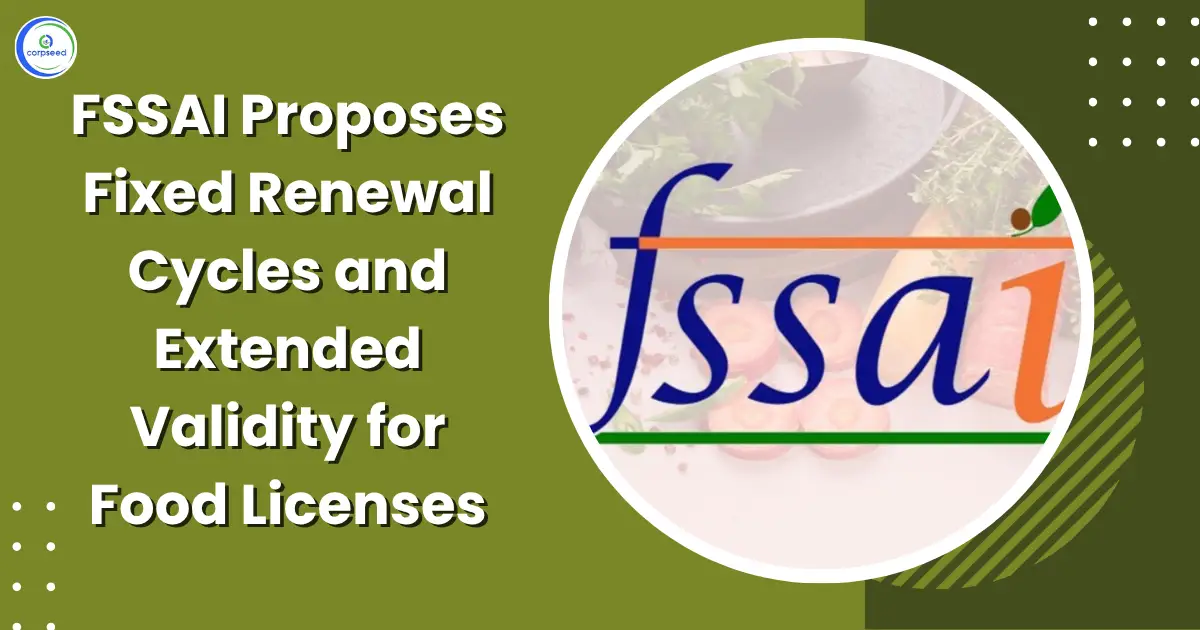Introduction: Fssai for Milk Product
India is number one milk-producing country in the world and contributes to almost 20 percent of the global milk production. The per capita consumption of milk in India has increased from 176 grams per day in 1990-91 to 322 grams per day by 2014-15. It was more than the world average of 294 grams per day in 2013. Govt has taken many initiatives to promote the dairy food industry. Demand for milk and milk products is high in India as compared to entire world. This industry is best for entrepreneurs to explore more opportunities and come up with innovative ideas. Export of milk from India is also in a rising trend,
Table of Contents
--------------Blog Contact Form-------------
Major Sources of Milk Products
Dairy products or milk of various types (including whole milk, buttermilk, skim milk,), yogurt, cheese (like. Swiss cheese, cottage cheese, and cheddar cheese), and ice cream are dairy products. Of all milk products, milk, yogurt and cheese are known to be the best sources of calcium.
FSSAI Guidelines for Milk Packaging
The FSSAI has issued special guidelines to ensure the safe packaging of essential milk products. Advanced in technology over the last few years not only introduced new methods of packaging but also innovative machines offering auto packaging of items. The new innovations in the field of packaging are efficient and also helps to preserve milk and milk products for a longer duration.
Various packaging material popular for storage of milk and milk products include cans, pouches, Cartons, bottles, or tetra packs. Soft pouches are the most chosen form of packaging because of easy handling, environmental-friendly, and cost-effectiveness.
The thermoformed plastic bottle is also a decent packaging solution as it offers safety to the milk kept within from wide variations in temperature and from the exposure to Ultra Violet rays.
FSSAI, make sure that the procedures ®ulations are in accordance with the food packaging Safety and Standards. The key focus remains on eliminating the options of changing the contents of the package without tampering the pack and that each packet that is ready for sale to the end customer fulfills with the food packaging regulations in India.
Key FSSAI guidelines related to packaging specifications of milk and product related to milk
- Filling of milk into containers should be mechanically done; and also sealing of containers should be carried out automatically.
- Sealing must be done instantly after filling and at the same place where the last heat treatment test been carried out. Sealing of the product must be done using a sealing device to ensure that milk remains protected from any unprecedented adverse effects which may be of external origin.
- Since milk is a fresh dairy product, hence the packaging or wrapping once used, may not be reused for other products. The exemption is offered for those containers where reuse of the container is safe/secure and would not create any impact on consumer health.
- Its mandatory to put milk and milk products in a special room provided for storage, immediately after the packaging is done.
FSSAI Motive behind Change in Packaging
With the changein milk packaging from glass bottles to impressive cans and packs, the revised guidelines are governed by the following changes.
- The changing consumer habits demand for user-friendly packaging with reusability.
- Ecological factors and keeping the environment in consideration.
- The cost of production and introduction of new techniques..
The Shelf Life and Packaging
Shelf life of milk products is not governed by FSSAI directly but FBOs must provide detailed information on the stability and shelf life of the product.
Adequate consumption of calcium is necessary for growth in childhood and for the prevention of diseases like osteoporosis in adulthood. Research evidence points to an association between decreased calcium intake and osteoporosis. People are getting aware of such information and considering milk intake as their daily routine. Milk intake awareness is raising high which makes milk and milk-related products demand high in market. This high demand gives entrepreneurs an idea to think over this industry
This portion of the site is for informational purposes only. The content is not legal advice. The statements and opinions are the expression of author, not corpseed, and have not been evaluated by corpseed for accuracy, completeness, or changes in the law.
BOOK A FREE CONSULTATION
Get help from an experienced legal adviser. Schedule your consultation at a time that works for you and it's absolutely FREE.









